By Justin Green
It’s the bottom of the 9th. Your team has the bases loaded, down one run with their best hitter walking to the plate.
You smell the popcorn. See the peanut vendor. And watch the pitcher nod to the catcher.
You’re on the edge of your seat thinking about that pitch. Not about agriculture.
But, without agriculture, you wouldn’t be watching the game.
Baseball has been around for decades, played in sandlots, streets, parks, major league fields and anywhere else you can put down four bases.
All of these variations of the game have agriculture in common.
The ball. There are 2,430 regular season Major League Baseball games a year. On average, according to foxsports.com, eight to 10 dozen balls are used every game. That results in well over 200,000 baseballs used in a season. What are all those baseballs made from? Leather. And that comes from beef, which is the number one commodity in Texas.
Cleats. Just like baseballs, they’re made with leather and have been since the start of the game.
Gloves. They’ve had to catch on with the times, evolving from the mitt-style that Babe Ruth used into the web-based style used today. But all this time, they’ve remained true to their leather roots.
Bats. Most modern day ball players use bats made of maple, ash and birch trees. All of which are provided to the Louisville Slugger bat company by forestry professionals.
Remember the 7th inning stretch when the grounds crew runs on the dirt and rakes the field? Or before the game when they’re filling in the holes in the outfield from the last game? Or even how they mow the intricate striped pattern into the outfield?
It’s not a casual high school kid’s weekend mowing job. That’s what we call landscape management. And many universities are starting to offer degrees in that field.
And what is baseball without food? Peanuts, popcorn and hot dogs. They’re just as necessary to baseball as the ball itself. You can’t have those three without agriculture.
So as you head out to ball games this season, think of agriculture. Because farmers and ranchers have a dedication to their craft. A craft that makes America’s favorite pastime a reality.


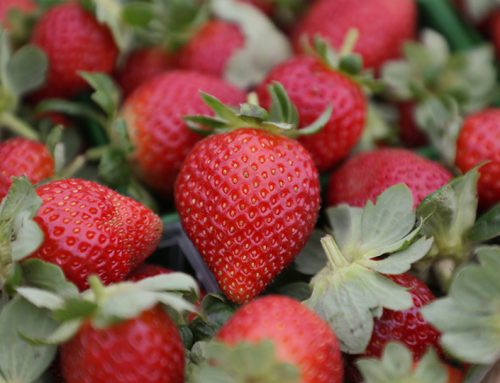
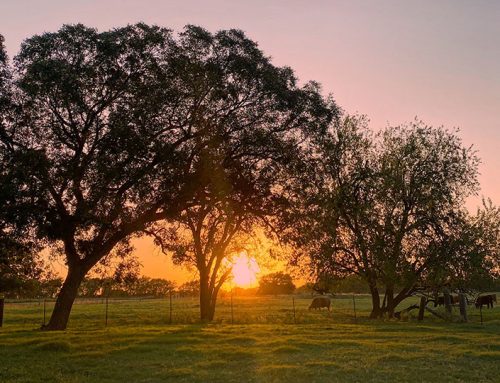
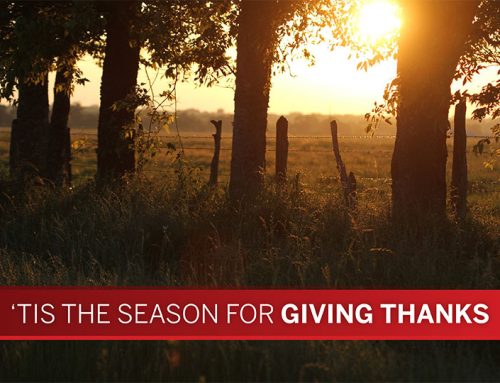
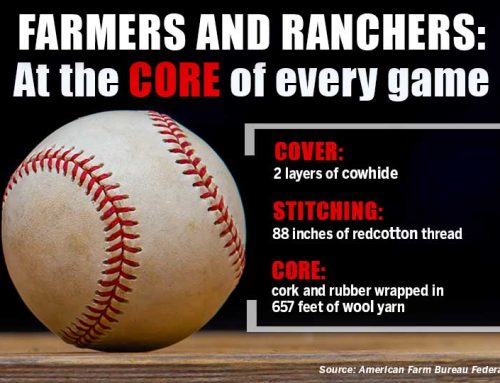
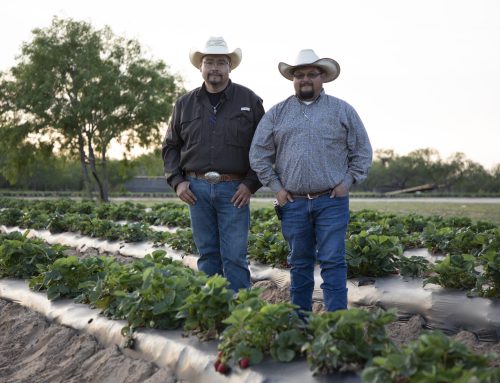




Leave A Comment